Hydro power of a fuel-efficient kind
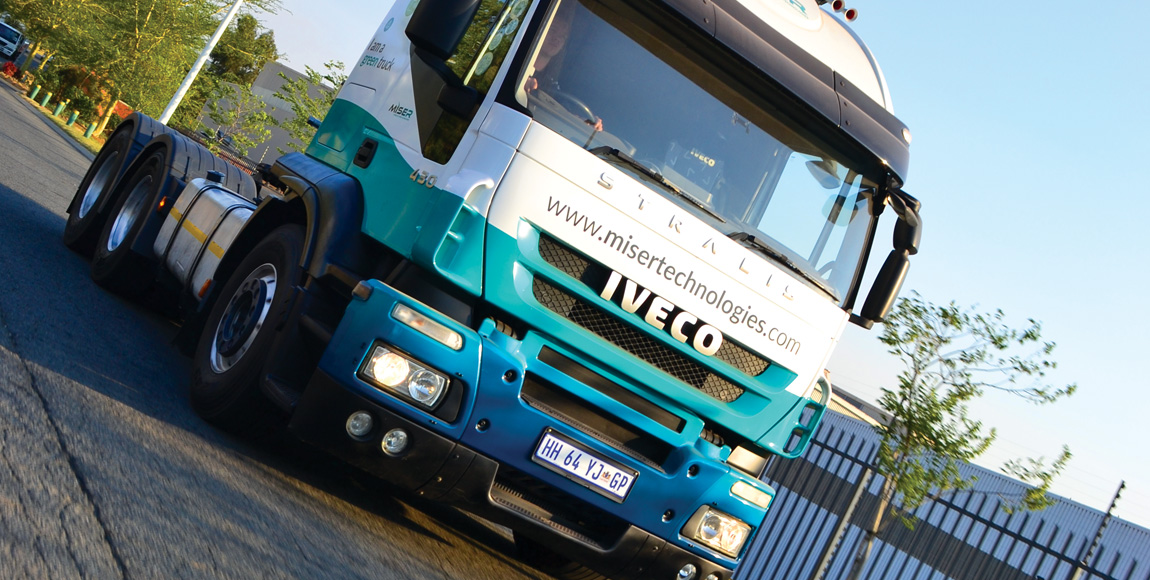
A locally developed hydraulic-hybrid propulsion system has been launched. It could change the way vehicles are powered in the future – those running internal combustion engines, as well as those powered by electricity. GAVIN MYERS was, naturally, very intrigued by the concept.
Imagine having a system fitted to your vehicle – anything from the lightest car to the heaviest truck – that could return verified fuel savings of between 30 and 40 percent and provide infinitely variable braking power, all while reducing carbon emissions to a value of 93 percent of the fuel saving.
We’ve featured devices that make similar promises before, and you can read about a British liquid-nitrogen system on page 42… Sounds like another “too-good-to-be-true” scam? Well, read on…
The story of Miser Technologies began in 1980, when engineer Norman Grant created the “mobile inertia storage energy recycler” – or, Miser. The system (which Grant describes as “a family of products that are an enabling technology for electric vehicles and flywheel technology”) was the subject of Grant’s final-year BSc Engineering thesis, but, as other things caught his attention, it fell into the recesses of his mind…
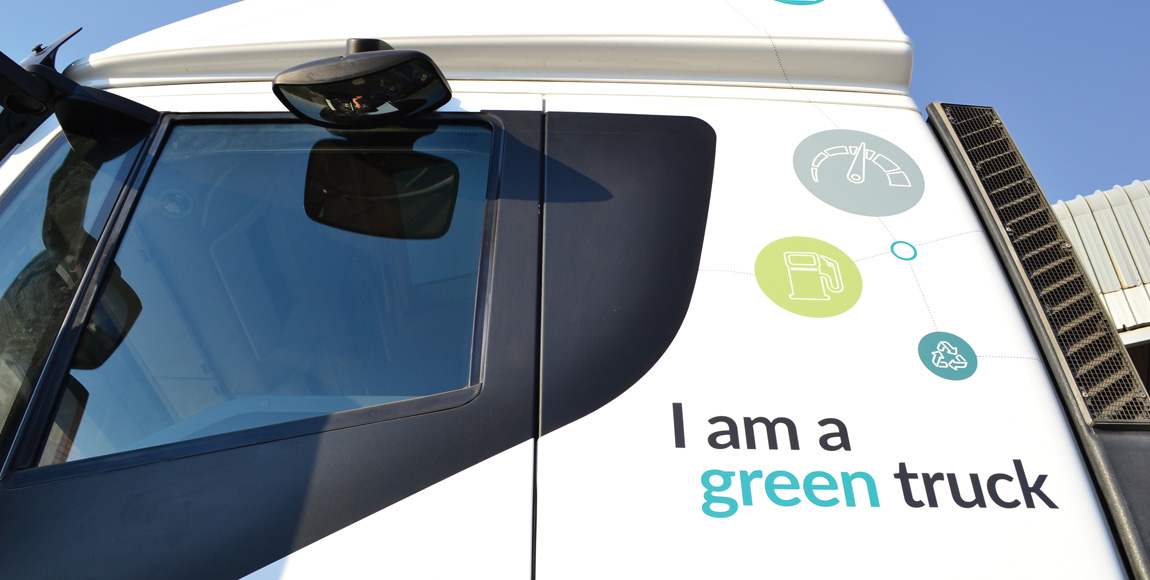
This was until 2004, after which 12 hard years of (underfunded, says Grant) development ensued to make the concept commercially viable. In 2016, the project got the kickstart it needed, when Miser Technologies won the Green City Start-up Award (a project by the City of Johannesburg and the University of Johannesburg (UJ)).
(Part of the award is a tie up to UJ. All those working on the project will do a masters and doctorate on the technology and will publish their findings in independently validated papers.)
With a Toyota Hilux proof-of-concept vehicle, five patents, and a couple of development mules (that went through numerous rounds of development testing at Gerotek and on the N3) behind it, the Miser Hydraulic Kinetic System (HKS) is finally market ready as a retrofit system.
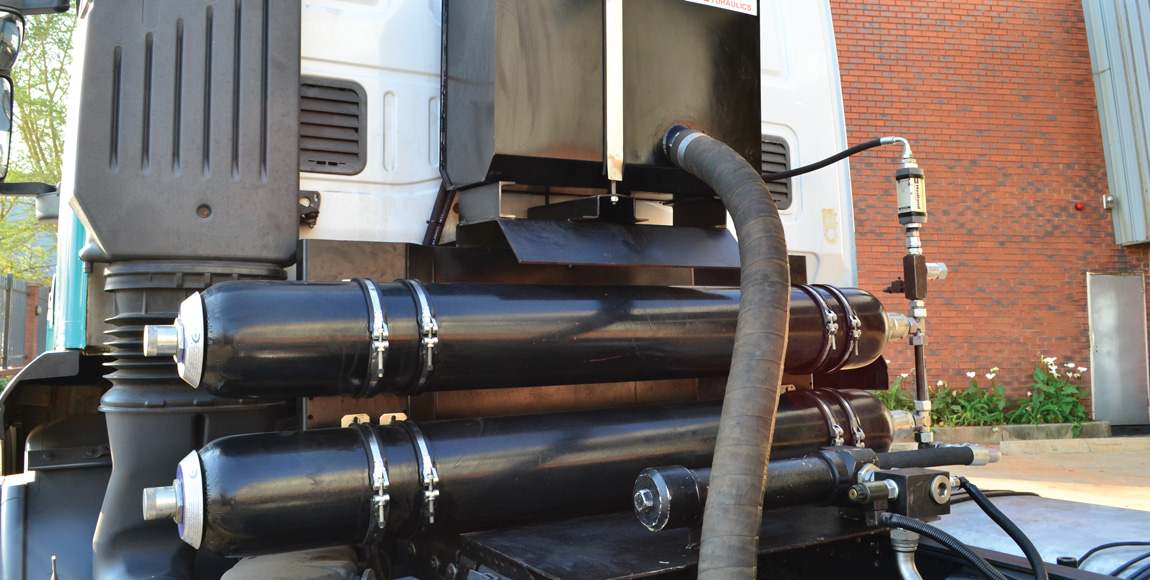
The HKS, itself, is remarkably simple. It consists of a hydraulic-fluid reservoir, accumulator tanks, a pump (though not just any pump … but more on that later) and a CAN-bus-integrated electronic control module, which, comment the developers, is the most complex part of the system. (Having seen the thousands of lines of code, I’m inclined to believe them…) An optional module can be integrated into the cab to display the system’s operational parameters.
The system is entirely scalable and can be adapted to work on any vehicle – for example, the tanks can be mounted behind the cab or within the chassis rails. On a typical 6×4 truck tractor, it adds an additional 350 kg to the vehicle’s mass. “A small price to pay when you’re saving more than 20 percent in fuel consumption,” comments Grant.
How does it actually work? Simply put, the HKS is a hydraulic system that connects to the vehicle’s power take off (PTO). An off-the-shelf PTO can be retrofitted if the vehicle does not have one. As the driver presses or releases the accelerator pedal, the system provides either drive power on behalf of the engine, or retardation.

This ability is made possible by the special “open loop-over centre” pump, which connects directly to the PTO via a dedicated prop shaft.
“This specially developed pump solves the transition problems between the transfer of energy around the zero point of speed and torque,” Grant explains in the most simplified engineering terms he can… Essentially, the pump allows for the on-demand switch between forward and reverse energy.
Now, you may ask, how safe is the system and would it not damage the vehicle’s drivetrain?
The concern of safety is easily addressed by Grant: “The HKS runs at similar pressures to any other hydraulic systems and is as safe as any commercial hydraulic system. If it is damaged in an accident, for example, the biggest concern will be a potential leak of hydraulic fluid.”
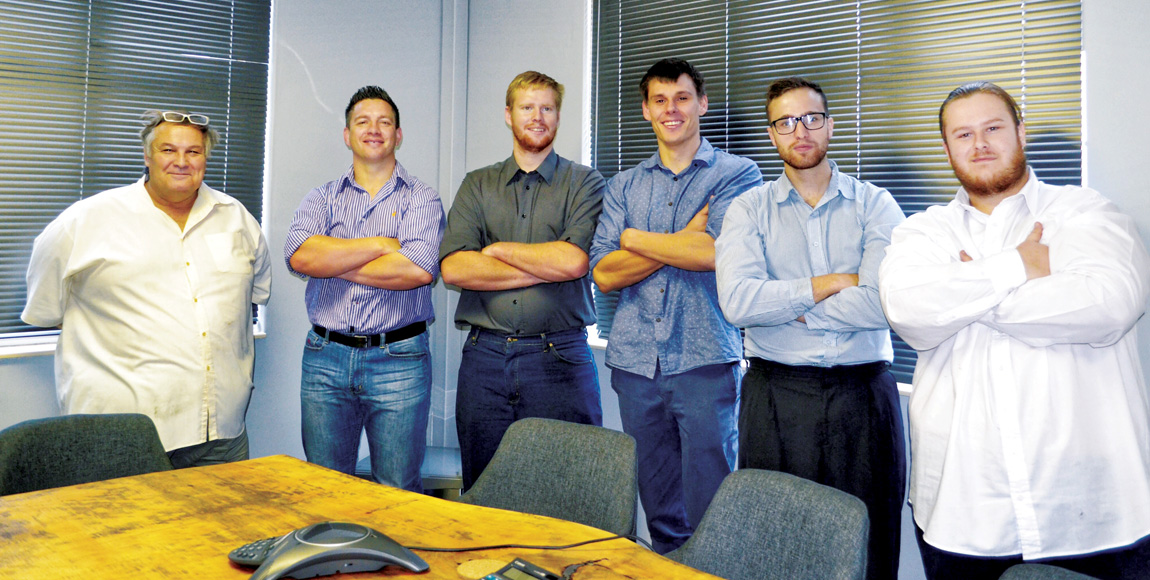
Because the HKS connects to the vehicle’s ECU only via interception of the throttle position sensor, the vehicle’s operation is not affected. “For technical and legal reasons, we will not do anything that affects the ECU. The only thing the ECU sees is a false voltage signal from the accelerator, which leads it to believe the engine is operating at a much lower load, allowing the HKS to pick up the slack.
“If the system fails it will generate a warning and the truck will revert to normal operation; every fail mode programmed into the system, no matter the reason, is ‘engine only’,” he explains.
Grant is quick to provide assurance that the additional physical load on the vehicle’s drivetrain is not a problem. “In theory, the system can be used to boost the performance of the vehicle, but it is designed to operate within the prescribed torque limits of the PTO and to not put additional torque through the drivetrain. This prevents damage to the gearbox,” he says.
Also preventing damage to the driveline is the fact that the system is currently developed for use
with fully automatic or automated gearboxes, as this reduces the potential for load on the PTO during manual gearshifts.
Oh, and for those who have been wondering, the system can be installed so as to allow the PTO to still be used as normal.
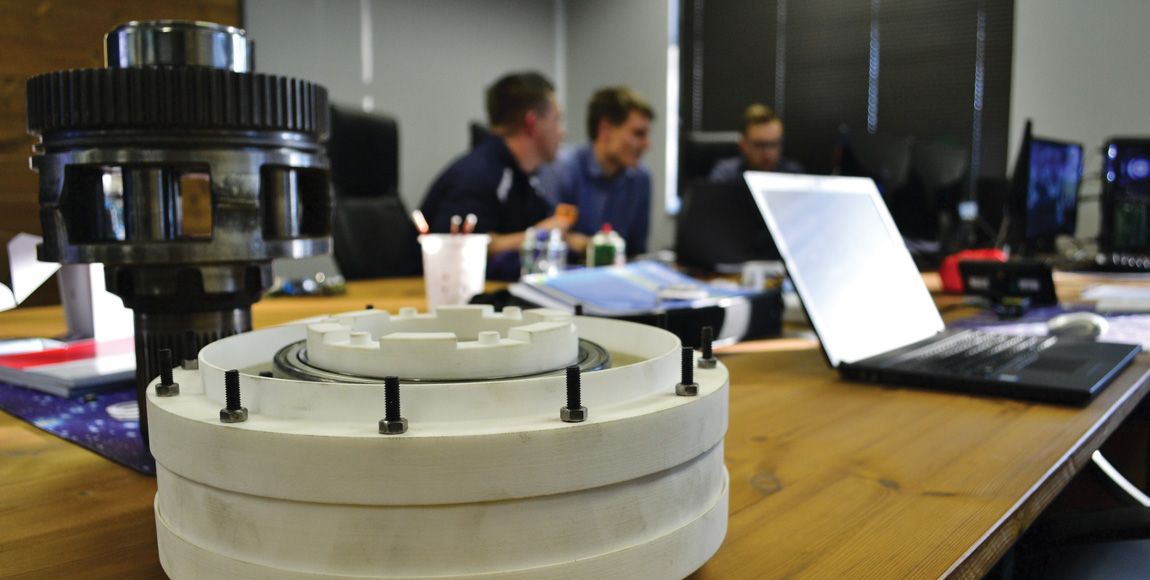
While the system saves fuel, it also saves maintenance costs, says Grant.
“The maintenance requirements of the HKS are like any hydraulic system – filters and using the correct oil viscosity. It forms part of the normal service cycle (Miser offers full warranty support). In reality, engine servicing is reduced because the engine is less stressed during operation.
“There is also less use of the brakes, so these need to be replaced less often. The system creates well over
60-percent regenerative braking efficiency – double that of an electric vehicle. Its retardation ability is equivalent to a Jacobs Brake level two,” Grant notes.
So, where to next for Miser? Having landed the first fleet orders for HKS and moved into its new facility in Johannesburg’s Longmeadow Business Estate, the company is setting up facilities in KwaZulu-Natal and Cape Town. It’s already got an arm in the United Kingdom, based at the Silverstone Grand Prix Circuit, which is running development tests over there.
Grant and his team (which locally consists of two other engineers, a programmer, a mechanic, an auto electrician and a business partner) are working feverishly on developing the next generation system – the Miser Hydraulic Transmission System (HTS) – and continue to develop the Tri-Miser; a hydraulic-electric hybrid car…
“The best electric vehicle will be a hydraulic-electric hybrid,” comments Grant.
That’s a story for another day, though. Right now, we’ll be keenly watching the market development of the Miser HKS.
Published by
Focus on Transport
focusmagsa




